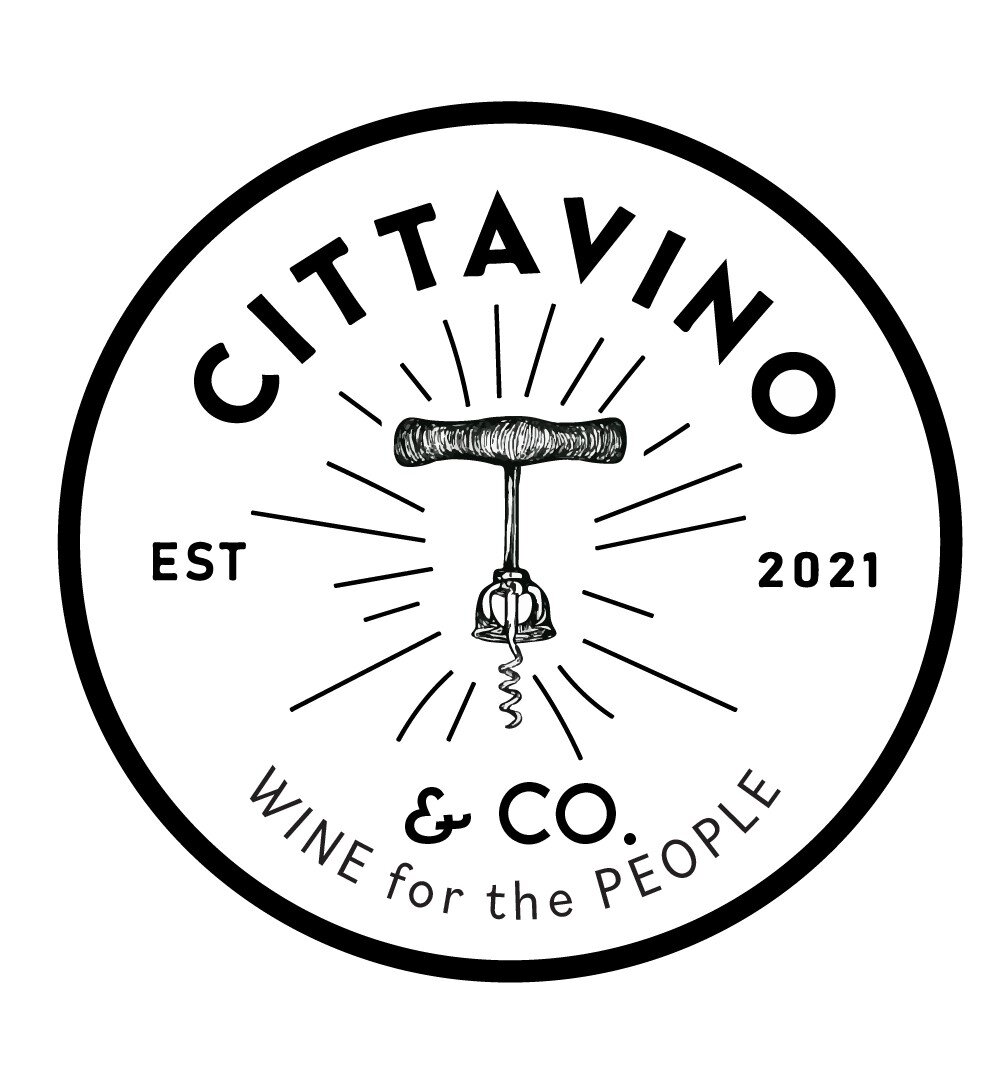di SARDEGNA DOC
The Name: Sardegna DOC
The entire island of Sardegna is a Denominazione di Origine Controllata, DOC, which translates to Controlled Denomination of Origin. In this scenario, attributing such a classification to the entire island really only affects vine yields (in an effort to control quality) and grapes allowed. A producer can still of course bottle their wines under “lesser” rankings, such as IGT—Indicazione Geografica Tipica— and many do so. Such a broad, regional DOC, really doesn’t help us to understand the specific location and sometimes an IGT designation could help indicate a more specific are within the region. This scenario is rather uncommon as typically an IGT covers more area and applies more general rules compared to the DOC, which is usually smaller and more specific. You will find similar stories in other regions, such as Sicily, where the entire island is also a DOC. To understand why it makes sense to give an entire region DOC status falls within the realm of Italo-confusion—it may have made sense at one time, probably for marketing purposes, to make it easier for a winemaker to distinguish their wine of quality from a mass produced, bulk wine. It probably also helped to put the broader Italian region and its native grapes on the travelling consumer’s radar.
“grape”+ di Sardegna DOC
There are 4 varietals that can be used in a Sardegna DOC: Vermentino di Sardegna DOC, Cannonau di Sardegna DOC, Moscato di Sardegna DOC,and Monica di Sardegna DOC. The grape name is the adjective and indicates what’s in the bottle. The grapes can come from anywhere in Sardegna, as long as they follow the production quantity rules. These “di Sardegna DOC” wines must have at least 85% of the mentioned varietal. The other 15% could be any OANRG, which stands for Other Allowed Non-aromatic Red Grapes. It’s broad, and the combinations are kind of limitless.
Unfortunately, if you wanted to know the specific area these “di Sardegna DOC” wines come from, you would have to do some research on the producer. But leave that heavy lifting to Cittavino & Co.!
Cannonau di Sardegna DOC
Cannonau is the adjective in this denomination, it specifies what kind of grape makes up this Sardegna DOC and must be at least 85% Cannonau.
Cannonau is genetically identical to the Grenache varietal. But hang on...let’s explain what that actually means.
Grenache has “spiritual” homes in Rhone, France, Priortat, Spain, and Sardegna, though it is accepted that the Grenache in each location is indeed different. That is, if you planted a Grenache vine cutting from Rhone in Sardegna, you’d end up with a completely different vine and wine. While the vines are genetically identical, the biotypes are not. These grapes have grown separately in these areas for over 1000 years and have undergone obvious (meaning visible to the naked eye) mutations. So, while technically speaking they are genetically identical, it is not proper to refer to Cannonau from Sardegna as “Grenache”. If you say Grenache instead, you might be in trouble, especially with the grape growers and winemakers. Use Cannonau, its distinctive and true name for the vine that grows in area.
Grapes
Vermentino
Cannonau
Moscato
Monica

